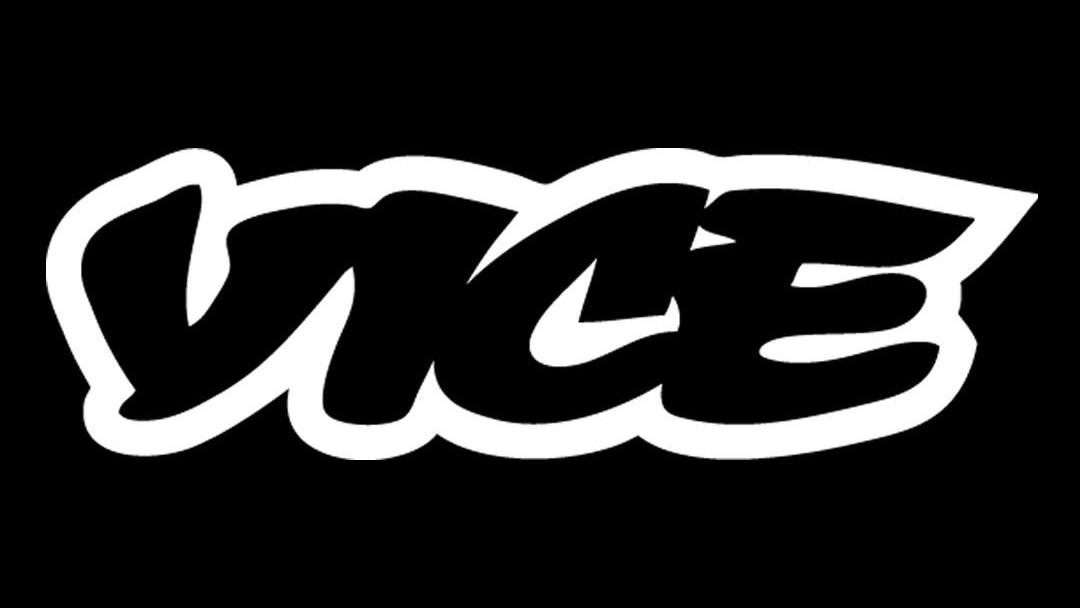 This photo from the official Facebook account of Vice Media Group shows its logo.
This photo from the official Facebook account of Vice Media Group shows its logo.
Vice Media Group, popular for websites such as Vice and Motherboard, filed for bankruptcy protection on Monday to engineer its sale to a group of lenders, capping years of financial difficulties and top-executive departures.
Vice said that the lender consortium, which includes Fortress Investment Group, Soros Fund Management and Monroe Capital, will provide about $225 million in the form of a credit bid for substantially all of the company's assets and also assume significant liabilities at closing.
Under a credit bid, creditors can swap their secured debt, rather than pay cash, for the company's assets.
Vice Media Group listed both assets and liabilities in the range of $500 million to $1 billion, according to a court filing
The company listed both assets and liabilities in the range of $500 million to $1 billion, according to a court filing.
Vice said that it received commitments for debtor-in-possession financing from the lenders, as well as consent to use more than $20 million in cash, which it said will be "more than sufficient" to fund its business throughout the sale process.
The bankruptcy filing comes amid a challenging period for several technology and media companies, as they resort to downsizing in recent months due to a turbulent economy and weak advertising market.
READ MORE: Apple to open first online shop in Vietnam
Vice was among a group of fast-rising digital media ventures that once commanded rich valuations as they courted millennial audiences. It rose to prominence alongside its co-founder, Shane Smith, who built his media empire from a single Canadian magazine.
In April, the company said it would cancel popular TV program Vice News Tonight as part of a broader restructuring that would result in job cuts across the digital media firm's global news business.
ALSO READ: Elon Musk says he has found new Twitter CEO
Last month, BuzzFeed Inc said it would shutter its news division, which was renowned for its irreverent and probing coverage, but ultimately succumbed to the challenges of its digital-first business model.


